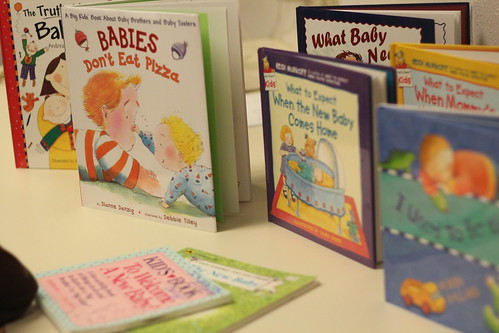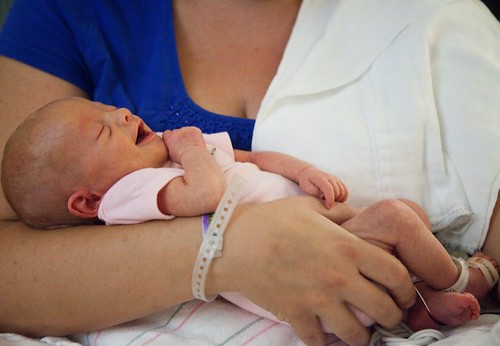Today is World Diabetes Day. Have you donned blue today?
Diabetes action groups are asking folks to get dressed in blue today to bring awareness to growing health issue of diabetes.
Diabetes is a metabolism disorder, a problem with how you process digested food for growth and energy. People with Type 1 Diabetes do not produce the insulin needed to move sugar, glucose, into the body's cells so that they may function and help us grow and move. The sugar stays in the blood stream. We don't know what causes Type 1 Diabetes and there is no cure. Type 1 Diabetes usually presents when you're a child.
People with Type 2 Diabetes are unable to produce enough insulin or their bodies are unable to utilize it properly to move the glucose into the cells. Type 2 Diabetes use to be considered an illness of adulthood, but increasingly Type 2 is seen in children too. We don't know exactly what causes Type 2 Diabetes, but it is closely linked to weight and exercise and can be prevented and treated with good nutrition and exercise
Diabetes is a metabolism disorder, a problem with how you process digested food for growth and energy. People with Type 1 Diabetes do not produce the insulin needed to move sugar, glucose, into the body's cells so that they may function and help us grow and move. The sugar stays in the blood stream. We don't know what causes Type 1 Diabetes and there is no cure. Type 1 Diabetes usually presents when you're a child.
People with Type 2 Diabetes are unable to produce enough insulin or their bodies are unable to utilize it properly to move the glucose into the cells. Type 2 Diabetes use to be considered an illness of adulthood, but increasingly Type 2 is seen in children too. We don't know exactly what causes Type 2 Diabetes, but it is closely linked to weight and exercise and can be prevented and treated with good nutrition and exercise
As parents and caregivers to children we can respond to the call in many ways. Today we're asking you to do two things:
1. Know the symptoms of Type 1 Diabetes which can appear even in infants. Recognizing these symptoms could save a life.
| Warning signs (these may occur suddenly): | |
|
|
2. Resist the temptation to turn on the television after dinner. Go take a walk as a family. Exercise and good nutrition can help prevent diabetes and help those living with diabetes.
For more information on Diabetes in Children check out our Health Encyclopedia on Type 1 Diabetes and Type 2 Diabetes. Join us and take action on diabetes.





